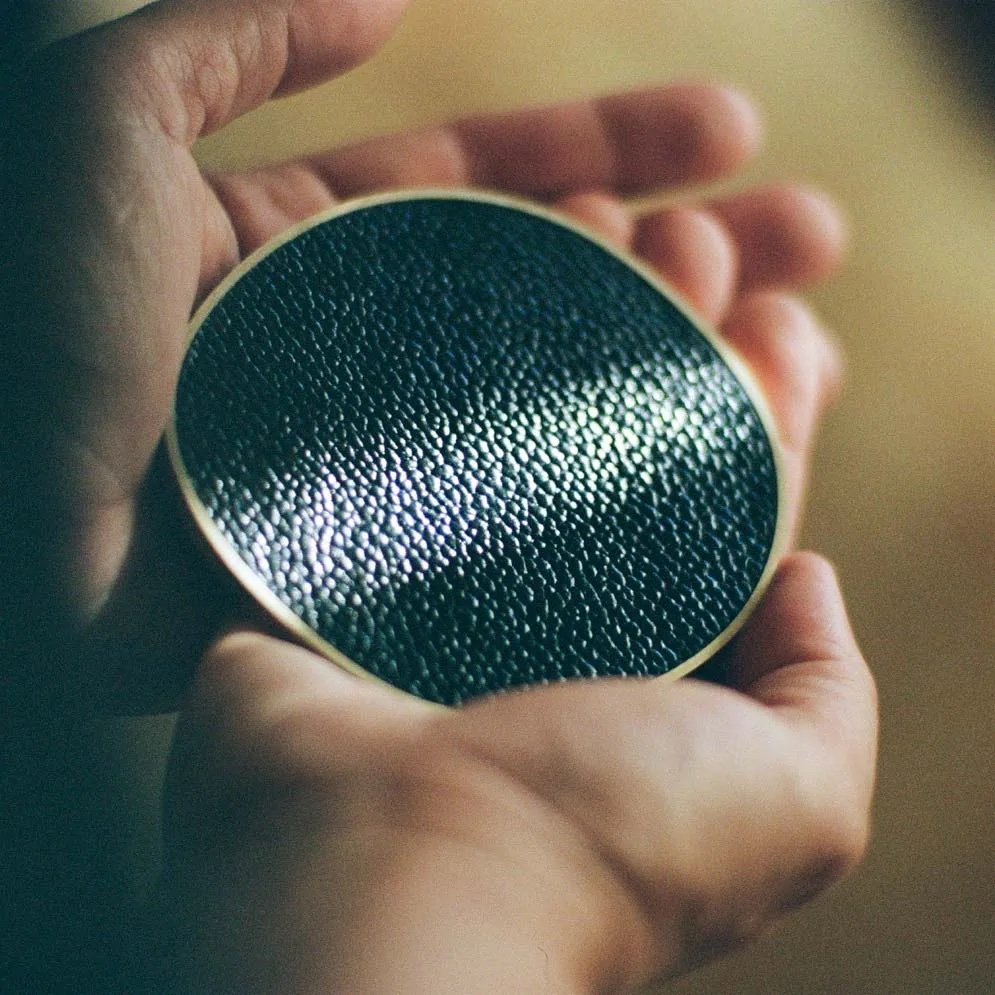How Mycelium is Revolutionizing Sustainable Packaging in Innovation-driven companies
Introduction In an era where consumers are increasingly eco-conscious and companies are committed to reducing their environmental impact, sustainable packaging has become more than just a trend—it’s a necessity. One of the most exciting innovations in sustainable packaging comes from an unexpected source: mycelium, the underground root structure of fungi. This fascinating natural material is…
Introduction
In an era where consumers are increasingly eco-conscious and companies are committed to reducing their environmental impact, sustainable packaging has become more than just a trend—it’s a necessity. One of the most exciting innovations in sustainable packaging comes from an unexpected source: mycelium, the underground root structure of fungi. This fascinating natural material is being harnessed by some of the world’s most forward-thinking companies as a green alternative to traditional packaging, transforming waste management and carbon emissions in the process.
Mycelium: Nature’s Ingenious Solution
Mycelium is often called nature’s “Internet” because of its complex, interconnected network that transfers nutrients and information across vast areas. It breaks down organic matter, contributing to soil health and carbon sequestration. But what makes mycelium truly remarkable is its adaptability—it can grow into virtually any shape, forming a resilient, lightweight, and biodegradable material that can replace plastic, foam, and other environmentally harmful materials.
Why Mycelium is Ideal for Sustainable Packaging
Mycelium packaging is biodegradable, compostable, and produced with minimal energy. It doesn’t require the harmful chemical processes that traditional plastic or styrofoam go through, and it degrades fully within months rather than centuries. It also offers sturdy protection for a variety of goods, from fragile items to temperature-sensitive products.
Companies Leading the Mycelium Packaging Revolution
Ecovative
Ecovative is one of the pioneers in mycelium packaging technology. Their mycelium-based solutions offer high-performing, cost-effective alternatives to plastic and polystyrene, particularly in protective packaging. Recently, they collaborated with Rootist, an innovative scalp treatment haircare brand, providing a custom mycelium tray design for their trio set launch. This packaging choice not only reinforces Rootist’s commitment to sustainability but also enhances the product’s eco-friendly appeal for consumers.
Dell Technologies
Recognizing the demand for eco-friendly solutions in tech packaging, Dell has adopted mycelium-based cushioning for its servers and laptops. The mycelium packaging, grown using agricultural waste, protects products and decomposes quickly, helping Dell to meet its sustainability targets.
MycoWorks
MycoWorks, another leader in the mycelium space, specializes in biomaterials and has developed “Reishi,” a leather-like material grown from mycelium. They’re applying their technology not only in sustainable textiles but also in packaging, offering industries an alternative to animal products and plastics. By partnering with luxury and fashion brands, MycoWorks showcases the versatility and aesthetic appeal of mycelium-based materials.Mushroom Material Innovators (MMI)
MMI, a newer player in the market, focuses on custom mycelium solutions for retail, food, and electronics industries. Their vision is to replace all plastic-derived packaging with mycelium alternatives, aiming to scale up mycelium production and make it mainstream in commercial packaging.
Key Takeaways
Versatile Sustainability: Mycelium is a renewable, biodegradable resource, making it an ideal sustainable packaging material that reduces waste and environmental harm.
Adaptability Across Industries: With applications in everything from electronics to retail, mycelium is emerging as a highly adaptable material for diverse packaging needs.
Closing the Loop: Mycelium production uses agricultural waste and biodegrades fully, contributing to circular economies and reducing reliance on finite resources.
Future-Proofing with Green Innovation: As more consumers demand sustainable solutions, companies investing in mycelium packaging are not only protecting the planet but also future-proofing their brand’s appeal.
Conclusion
Mycelium packaging solutions demonstrate how natural materials can meet modern demands, showing that true innovation often means harnessing the power of the Earth itself. As companies continue to look for ways to reduce their carbon footprint, it’s clear that the adoption of mycelium-based packaging is more than a sustainable choice—it’s a powerful investment in a greener future.




